REVIEW – LEICA 75MM NOCTILUX F/1.25

INTRO:
One of many the things I love about Leica is that they are a company that is prepared to take risks, and make products that seemingly make no sense when you hear about it, but end up wanting once you see what they can do! The are a number of examples of this; the M Monochrome, the screen-less Leica M-D, the 90mm Thambar lens and now, the first addition to the Noctilux range outside of the traditional 50mm, the 75mm Noctilux f/1.25 ASPH.

(A small reminder that I like to describe at the beginning of each of my “review” articles is that this will not be a technical review outlining all the measurements and charts of performance, but more a user experience. What is it like to shoot with? For me, when researching lenses to purchase, I find this kind of article, with lots of images, much more interesting and beneficial to my purchasing decision. I hope it useful to you too.)
It’s a lens that I am sure was very hard to justify making, and its certainly one thats hard to convince yourself to purchase. At the staggering price of $12,795 USD, you can buy a small car for the same amount! Certainly not an impulse buy, and even harder to persuade yourself with its unusual medium telephoto length of 75mm. A 50mm Noctilux or APO are not cheap, but thats a focal length you can use all your life, and 90mm at least gives you that more traditional extra length. 75mm? Not so much.

Then there is a shear size and weight of the thing! At just over 1kg and 35% heavier than its 50mm counterpart (also not a small lens) and significantly larger at 91mm (3.58in) long compared to the 74mm (2.91in) of the 50 f/0.95, you start to wonder who would ever want to carry one around all day?
However, I have always believed that Leica is a company driven by passion. The products I mentioned at the start of this article were fueled by this, a passion for capturing something different, both photographically and user experience wise. There are plenty of great cameras and lenses out there that tick all the boxes and make sense logically. Screen-less camera’s, ones that only take black and white photos, and Noctilux lenses speak to the passion and joy of the craft, and the challenge and satisfaction of use, along with the unique and more artistic qualities brought to your vision.
And like I said at the beginning… once you have used one, and seen the results, you suddenly realize you want it!


I have been lucky enough to use a lot of Leica lenses and camera’s both modern and vintage. They are always beautifully made and of the highest quality. The 75mm Noctilux takes it to a whole different level. The build quality is amazing. Holding this very large and heavy lens, you get a true feel of the dense solid weight of all the glass and brass elements. Even with so much internal glass and floating elements, the focus ring is super smooth, it glides in position with very little effort, yet is stiff enough to hold without moving when holding the lens.
This becomes very important as you find just holding the lens is difficult whilst taking the photo. There seemed to be nowhere for me to rest my fingers and they often ended up over the focusing ring. If this was not as solid as it is, you would end up unintentionally shifting the focus whilst taking a photo.
In regards to focusing, I have to admit I was concerned after reading the Leica posts where the EVF was suggested. That being said, I actually found the lens quite easy to focus via the M-P240 rangefinder I use, but also on the M10 I tested it with as well that has the sightly bigger and better viewfinder. I think after using the 50mm Noctilux f/1.0 for the last year, I was in good practice for challenge of this lens. Don’t get me wrong, the focus plane is tiny, so I employ a similar approach with faster lenses of taking a number of shots with minor adjustments by leaning in and out a little to change the focus, or by making small adjustments on the lens itself.



The f/1.25 seems like a strange choice at first… why not f/1.0, for me that would become a true Noctilux. However, the f/1.25 aperture makes sense in a physical standpoint, its a function of the entrance pupil, the focal length and the already very large 67mm front element. It would have to be even bigger and block even more of the viewfinder at a wider aperture.
The lens has two aspherical elements and a group of three elements floating closest to the camera to eliminate the problems of focus shift, and to ensure the lens can achieve great results at the shortest focusing distance of 0.85m. So what does this all mean for us? Well, the lens is nothing short of amazing, and even utilizing the rangefinder only, I quickly found myself able to nail the focus with very little trouble.



The aperture ring has nice sharp positions, snapping satisfyingly into place with each turn without popping out accidentally. Honestly, you won’t use it much though, as it will end up just leaving this lens in f/1.25, and it will probably stay there. This is as it should be. During my recent trip to Wetzlar, Germany and the Leica Headquarters I was lucky enough attend a presentation with Leica legend, the lens designer Peter Karbe; the very man responsible for this lens.
He spoke about older lenses in the Leica line up and how they were often described as an f/2.0 or f/1.4 lens, but to achieve maximum performance, the user must stop down to f/5.6 – f/8.0. No more! Now a lens is designed to have the maximum performance across the entire aperture range so that depth of field and aperture is utilized purely as a creative and artistic choice and not one to ensure performance.



After downloading your first images with this lens, you quickly realize that this lens is very technically special. It is a true testament to excellence within lens design. Users of fast lenses are all too familiar with the problems of strong vignetting and purple fringing. This is all but gone, even with very bright backlights behind darker objects, or around tree leaves etc where the purple shows up often, you just get very sharp and clean edges with loads of contrast falling away in silky bokeh.
Speaking of bokeh, this lens delivers something very different to the 50mm Noctilux varieties, where a magical swirl of shadows and highlights come together to make a very artistic image. Here, the 75mm produces incredibly smooth backgrounds where everything just gently melts away very softly from the high contrast focal point. It’s a very particular look, and one that I am not sure that fully captures the Noctilux heritage.
And that’s the thing with the new breed of 75mm Noctilux, you start to wonder were this lens fits into the line up and namesake established by its 50mm predecessors. For me, purchasing the 50mm Noctilux f/1.0 was to chase that very magical and special look that sits on the very edge of performance and artistic flair. It is not as sharp as the Summicron or the amazing Summilux ASPH lenses, not even close, but it creates a look and feel like nothing else. The 75mm is just a little too perfect and not enough Noctilux for me.


I found myself enjoying this lens and the images it produced, and I was impressed with the technical marvel of its engineering and performance, but it didn’t speak to my artistic heart. It felt cold. And this is the biggest missing piece of the equation when it comes to a Noctilux title on a lens. It should have character, it should still perform (prints from the f/1.0 are stunning), but be a blend that straddles the very edge of both to produce something artistically extraordinary.
The 50mm Summilux f/1.4 ASPH compared to the Noctilux f/0.95 offers something very different. I ended up purchasing the 75mm Summicron APO over the new Noctilux, as this lens is a third of the weight but with much the same levels of incredible technical performance. APO colors, amazing sharpness and extremely smooth bokeh. In my bag it offered something different when paired with the 35mm Summilux and older character filled 50mm Noctilux f/1.0.



As a side note, I also considered the classic Mandler designed 75mm Summilix f/1.4. This lens has a cult status online and the prices have increased continuously over the last few years. I tried out a mint copy when I was last in London and was extremely impressed with the overall size and beautiful rendering it achieved. For me, if a fast 75mm lens with lots of character at a reasonable size is what you are after, you can not go wrong with the Summilux. The only reason I decided not to purchase it was the effect I got from the lens was very similar to my already beloved 50mm Noctilux. I felt I wanted to pair my other lenses with something more modern, smooth and perfect with the amazing character of the f1.0 Noctilux.


So the new 75mm Noctulix, even though its a technical marvel and a beautiful lens, is just not for me. But, like the screen-less Leica M-D or the very soft focus 90mm Thambar, I’m very happy Leica made them, because having these tools that are right on the fringe of artistic, technical and madness are the very things that can spark the right photographers passion and help excite us all with their imagination and vision.
If you would like to read more details about the 75mm Nocilux and hear from the designer himself, there is a great interview on the Leica camera blog here:
https://www.leica-camera.blog/

WHERE TO BUY?
There are a number of places I would highly recommend for purchasing your Leica 75mm Noctilux f/1.25 ASPH. The local Leica gallery stores are great if you have one in your city, but my main choice when buying anything Leica is Ken Hansen.
Ken Hansen:
Leica Dealer in New York (no tax!) who is a legend. He is the biggest seller of Leica gear in the US and has no store or website – just great service.
Email: khpny19@aol.com
B&H Photo:
A massive store and online presence with a great return policy if anything goes wrong and free shipping.



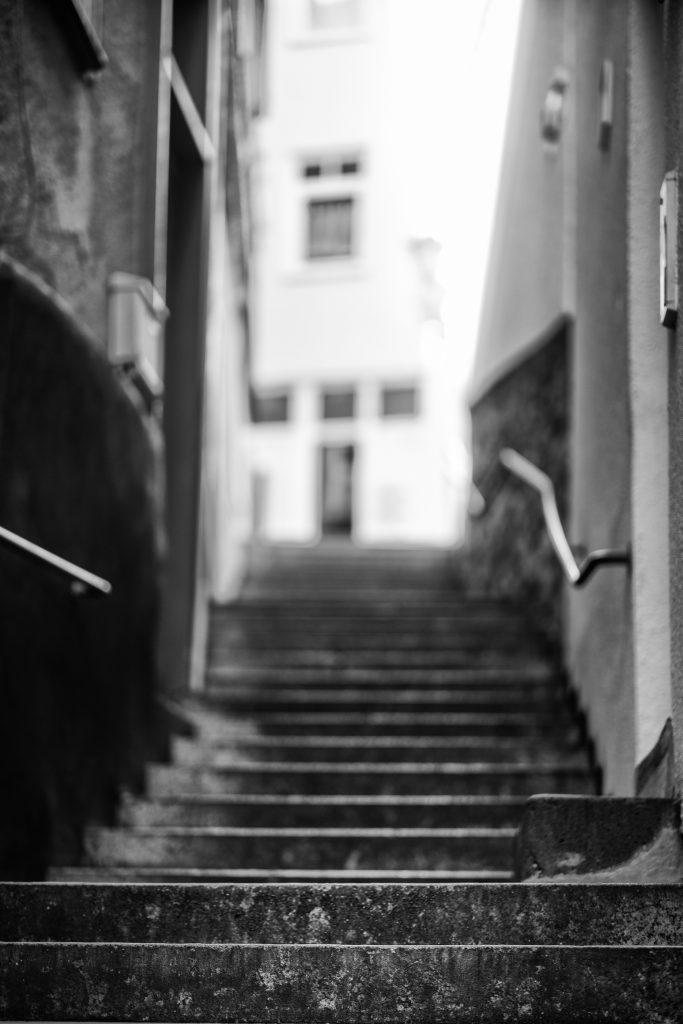


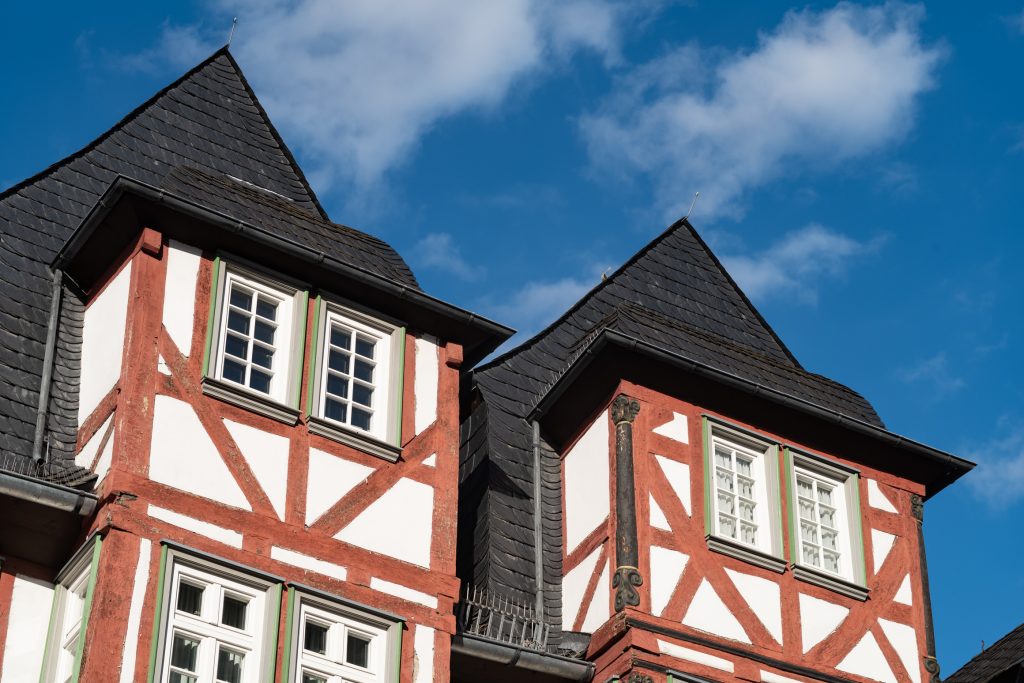
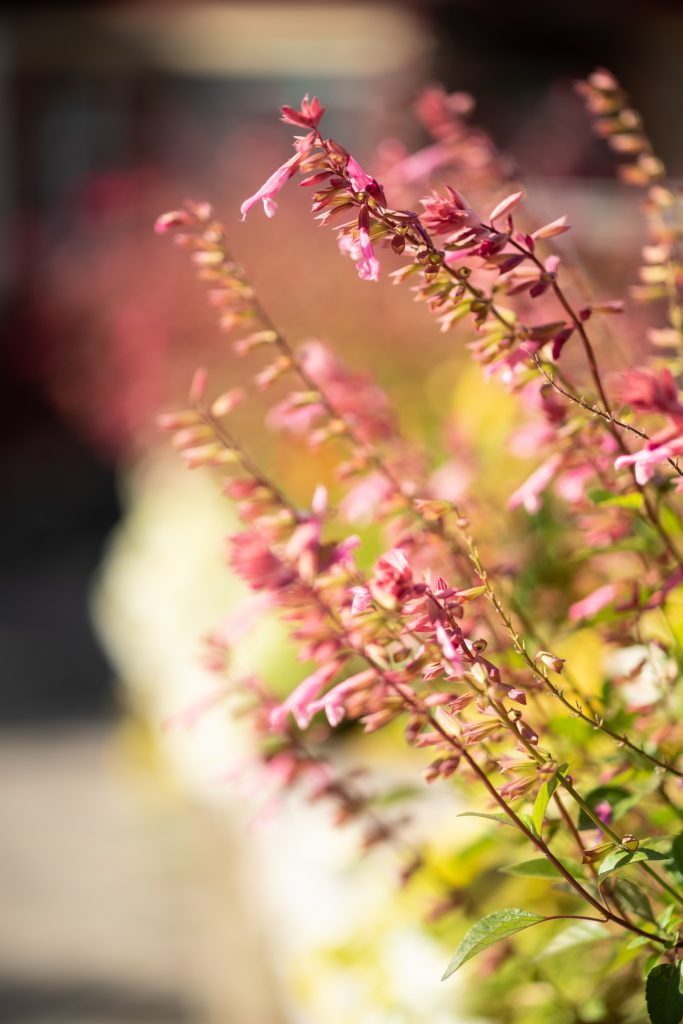



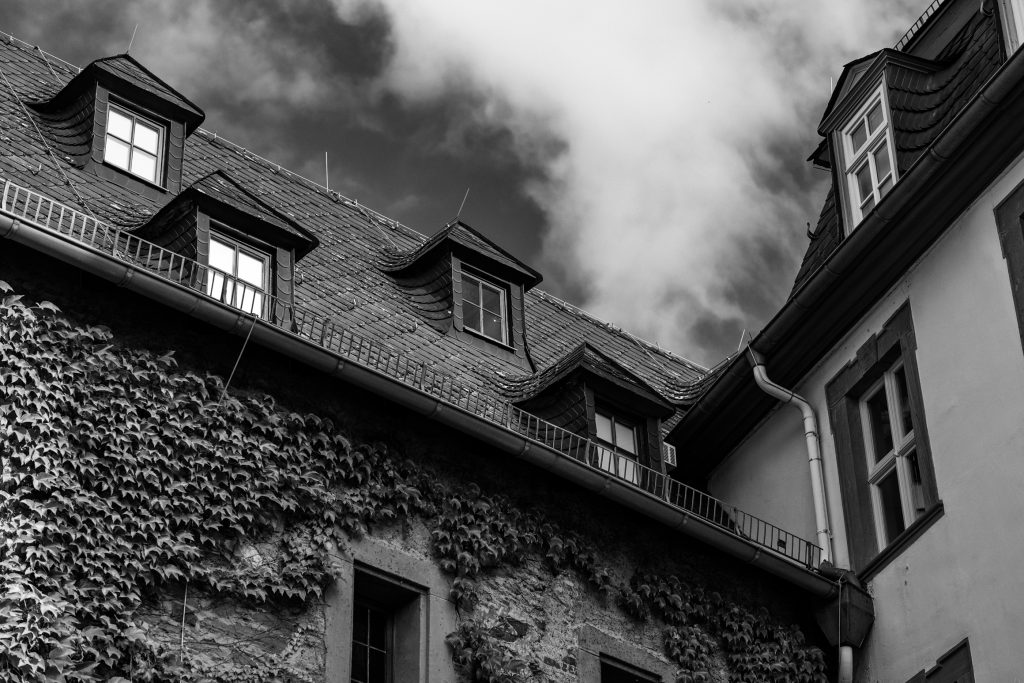

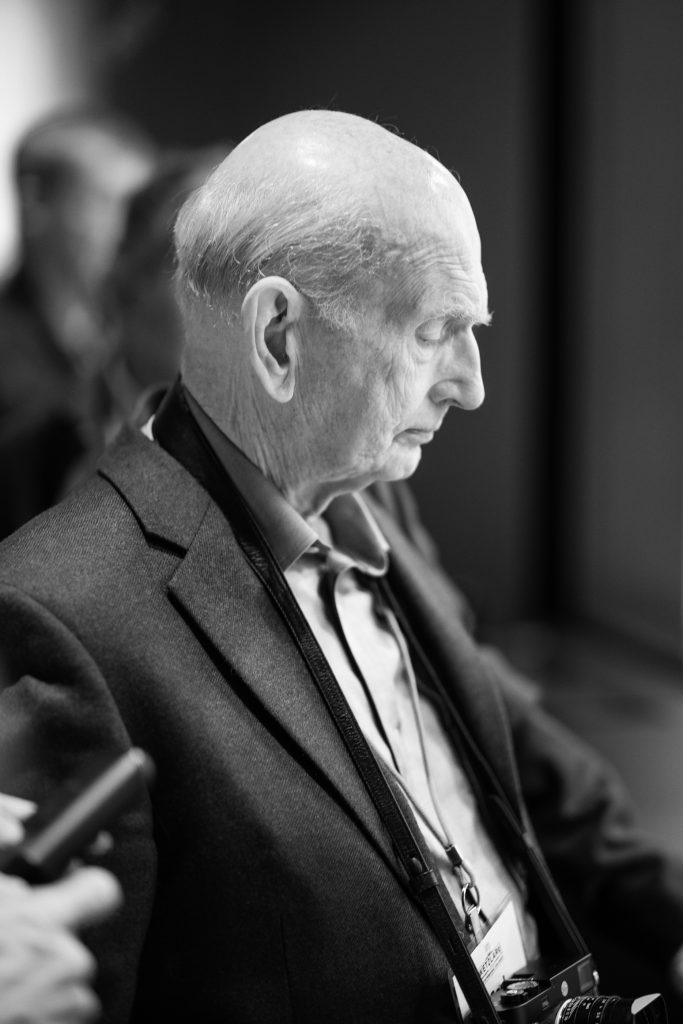

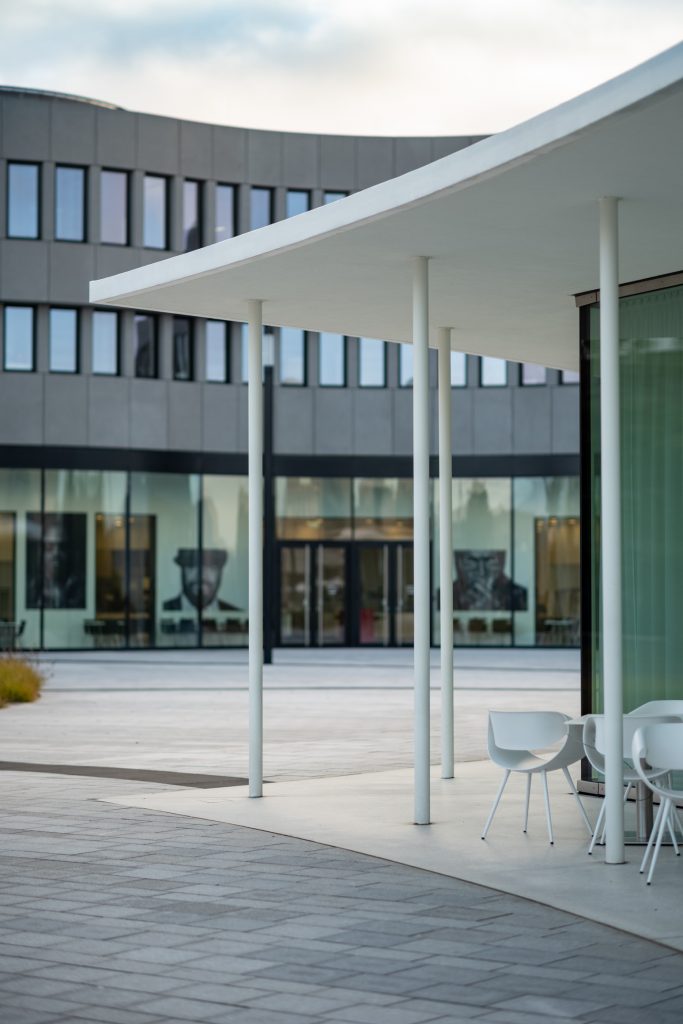





Leave a Comment